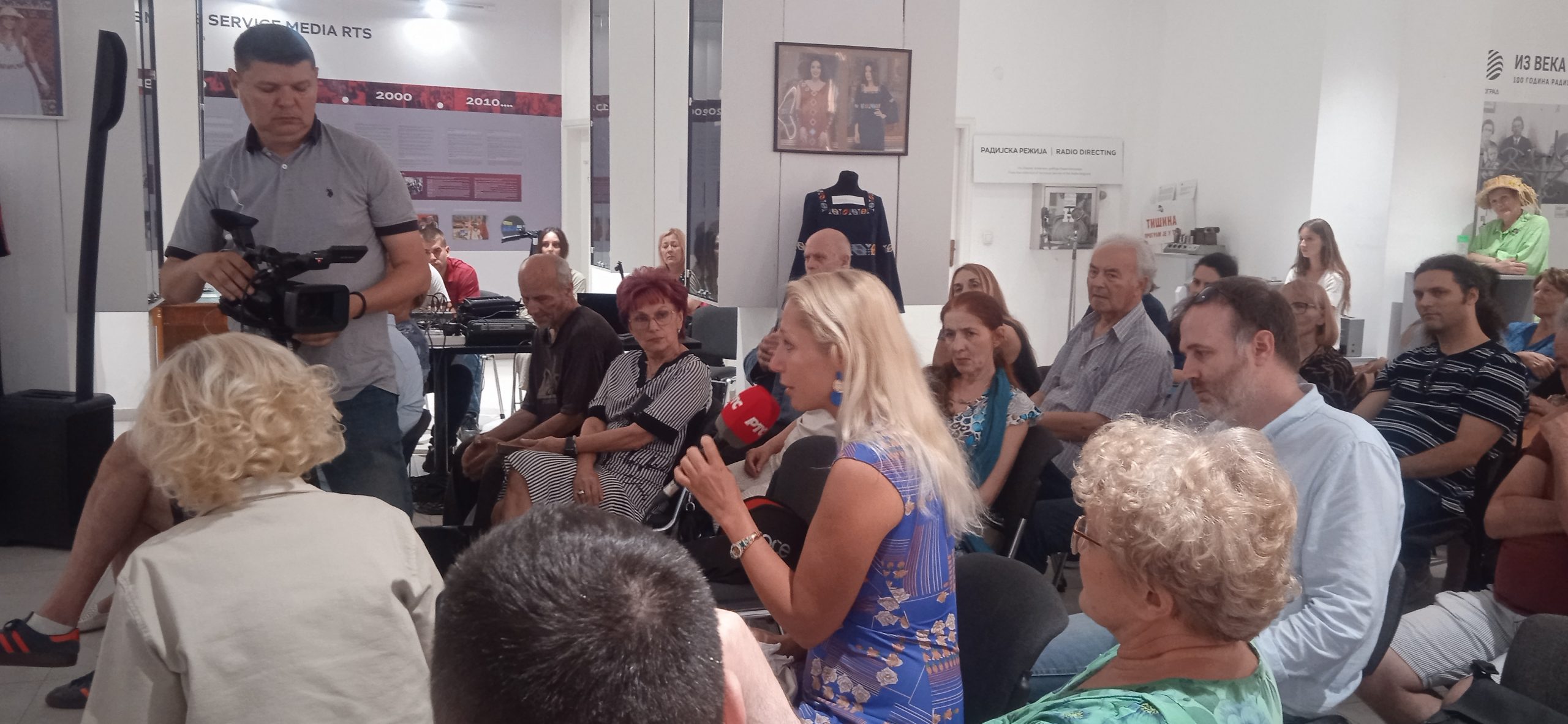Netbeks of metallurgical coal exports have grown, but there is no long -term trend

For the first time since mid -January, the profitability of exports of metallurgical coal grew in a weekly comparison in all the main directions. Analysts indicate a combination of circumstances: the transition to innovative gondola cars eastwardly made it possible to reduce logistics costs, and accidents at mines in Australia contributed to the growth of world prices for coking coals.
The week, which ended on April 13, was the first week in three months, when export non -backs of Russian suppliers of coking coal showed positive dynamics in all directions-north-west, southern and eastern, followed by Neft Research. So, export profitability on FOB terms of the Far East increased by 4.8%per week, to 2.92 thousand rubles. per ton, FOB Gulf of Finland – by 2.2%, up to 4.07 thousand rubles. per ton, FOB Azov-Black Sea basin-by 2.4%, up to 3.82 thousand rubles. per ton.
3.3 million tons
He made up the export of coal coking from the Russian Federation in the first quarter of 2025, according to the CCC.
The efficiency of coking coal has improved in all directions due to the growth of quotations by 2.7–2.8% of the week by the week, up to $ 125.8–196.8 per ton, depending on the port of export and weakening the ruble course. In addition, the non -back was influenced by a decrease in the cost of transportation by 5% per week. The indicator was a decrease in the tariff eastward, as well as the transition from the second quarter of export transportation of coal from Kuzbass to the East as part of an agreement with Russian Railways for innovative gondola cars (75 tons) instead of typical gondola cars (69 tons).
The deputy head of the Russian Railways OJSC Mikhail Glazkov reported in early April that the monopoly was negotiating from the Ministry of Energy on the transfer of all coal transportation to an innovative rolling stock, the Ministry of Energy supports this initiative. Now about 140 thousand units of innovative wagons are concentrated at the eastern training ground; 64 thousand units are needed to export coal from Kuzbass. From April 1, the entire volume of quota should be exported in innovative wagons. In January, 78%were taken out, in February – 84%, in March – 89%, in the first decade of April – 91%. Ideally, it is planned to bring the indicator to 93% – due to the fact that the border crossings with China do not accept innovative wagons with full load.
But experts do not see the long -term positive trend in the market, and they explain the growth of non -backs with a combination of circumstances that primarily affected the coal market.
So, says Alexander Kotov, Australian metallurgical coal, the HCC Australian Metallurgical Consulting Partner, jumped to $ 187 per ton on fears of a proposal in connection with several accidents in the new South Wales and Queensland in late March and early April. In addition, according to him, the decision of US President Donald Trump was affected to freeze for 90 days the introduction of high duties against trading partners.
“Correction in the direction of growth in April can be due to a decrease in the betting rates by another $ 2–4 per ton. Plus, the betting rates of gondola cars went down in March. This will save a little. But any optimization will be « eaten » by coal prices, ”says Alexander Titov, an expert at the Institute of Economics and Energy. And the transition to innovative wagons can create additional risks. As Mr. Titov notes, « not all operators or consignors, especially in the case of a capping park, have enough innovative wagons fleet. »
Nariman Tayketaev, director of the corporate ratings of the NKR agency, says that the carrying capacity of the innovative gondola car is 10% higher compared to the standard and the difference in rental cost can reach up to 25%. “For coal consignors, this difference can be less critical than for consignors of energy coal, since the cost of coking coal exceeds the cost of energy coal by more than 30%,” he says. According to Neft Research on April 13, export prices for energy coals from the Russian Federation, depending on the port, were in the range of $ 65.2–130.4 per ton.
According to Alexander Titov, for the confident growth of export revenues in the energy coal segment, either a steady increase in export prices is needed, which can occur in the case of summer heat with weak hydrogenation or a decrease in supply, or a noticeable weakening of the ruble. In other cases, he does not see the potential for the growth of non -backs. In the segment of metallurgical coal, the situation is even more pessimistic, Mr. Titov continues, pointing out large risks for demand for steel in 2025.







